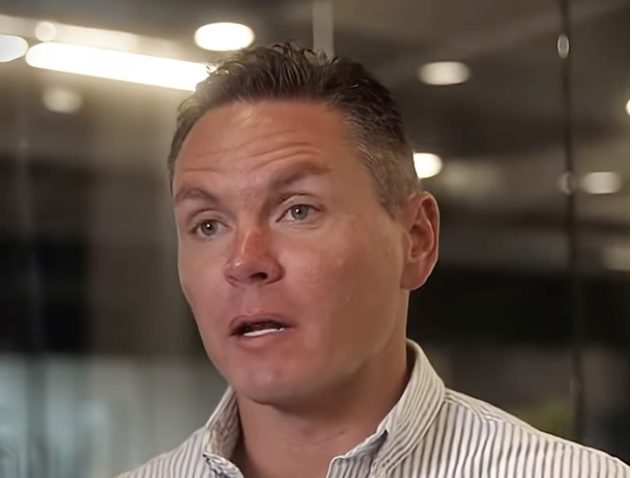What makes an event traumatic is that it arrives with too much intensity, too quickly, or in too confusing a manner for our natural coping mechanisms to handle. Our systems have limits. When those limits are exceeded, we don’t just remember the event—we store it differently than ordinary memories.
This storage happens on two critical levels:
- As haunting memories that intrude into our consciousness
- As hypersensitive triggers embedded in our nervous system
The distinction here is crucial. Many people mistakenly believe that the traumatic event itself is the ongoing problem. In my experience guiding others through healing, I’ve discovered that the real issue lies elsewhere.
The True Nature of Trauma
The problem isn’t what happened to you. The problem is what got stuck inside you afterward.
When trauma occurs, it creates unprocessed emotional energy—fear, pain, and devastation that never completed its natural cycle through your system. Think of it like a wave that started to crest but then froze in place. This suspended energy remains active within you, even years later.
Your body and mind want resolution. They seek to complete what was interrupted. This explains why traumatized individuals often experience:
- Flashbacks that feel as real as the original event
- Physical reactions to triggers that seem disproportionate
- Emotional responses that feel out of your control
These aren’t signs of weakness or failure. They’re evidence of incomplete processing—your system trying to finish what it started.
The Path to Healing
True healing from trauma requires something specific: allowing that trapped energy to complete its cycle so it can finally leave your system. This isn’t about reliving the trauma or forcing yourself to “get over it.” It’s about creating safe conditions for your body and mind to process what they couldn’t handle before.
When I guide clients through trauma work, we focus on this completion process. We don’t fixate on the details of what happened—though acknowledging reality is important. Instead, we pay attention to where that frozen energy lives in the body and how it can be safely released.
Healing is allowing that energy to complete its cycle so it leaves your system.
This perspective shifts trauma recovery from an intellectual exercise to a bodily one. You can’t think your way out of trauma because it isn’t primarily stored in your thinking brain. It lives in your nervous system, in your emotional centers, in the parts of you that respond before conscious thought.
The good news is that our bodies naturally want to heal. Given the right conditions—safety, support, and appropriate methods—your system knows how to complete these interrupted cycles. This is why approaches like somatic experiencing, EMDR, and other body-centered therapies can be so effective.
A New Understanding
Viewing trauma as stuck energy rather than just a bad memory changes everything about how we approach healing. It means recovery isn’t about forcing yourself to face what happened or pushing through the pain. It’s about creating conditions where that suspended energy can finally move and release.
This understanding has transformed my work with clients. When people recognize that their symptoms aren’t character flaws but natural responses to interrupted processing, shame often diminishes. When they understand that healing is about completion rather than erasure, hope becomes possible.
The journey through trauma isn’t about forgetting what happened. It’s about changing your relationship to those memories so they no longer carry the same charge. It’s about allowing your system to finally process what was once too overwhelming.
And in that completion, there is freedom.
Frequently Asked Questions
Q: How do I know if I’m experiencing trauma versus just having bad memories?
Trauma typically manifests as intrusive memories that feel vivid and present, not just recollections. You might notice physical reactions when reminded of the event, such as racing heart, sweating, or feeling frozen. Your body responds as if the danger is happening now, not just remembering something unpleasant from the past.
Q: Can trauma heal on its own with enough time?
While time can help some wounds, significant trauma typically doesn’t fully resolve without some form of processing. The trapped energy needs pathways to complete its cycle. Many people find that even decades after an event, the emotional and physical reactions remain strong until they engage in specific healing work.
Q: What are some effective approaches for processing traumatic energy?
Several approaches have shown effectiveness, including Somatic Experiencing, EMDR (Eye Movement Desensitization and Reprocessing), trauma-focused cognitive behavioral therapy, and various body-centered practices. The key is finding methods that allow you to safely access and process the stored energy without becoming overwhelmed again.
Q: Can I heal trauma without talking about what happened?
Yes, many modern trauma approaches recognize that detailed verbal recounting isn’t always necessary and can sometimes be retraumatizing. Body-based approaches often focus more on the physical sensations and emotional energy than on the narrative details. The goal is processing the impact, not necessarily analyzing the event.
Q: How do I know when trauma has been processed?
Processed trauma typically loses its emotional charge. You may still remember what happened, but the memory no longer triggers intense physical or emotional reactions. You can think about the event without feeling overwhelmed, and reminders don’t send your nervous system into fight, flight, or freeze responses. The experience becomes integrated as part of your history rather than an active threat.







